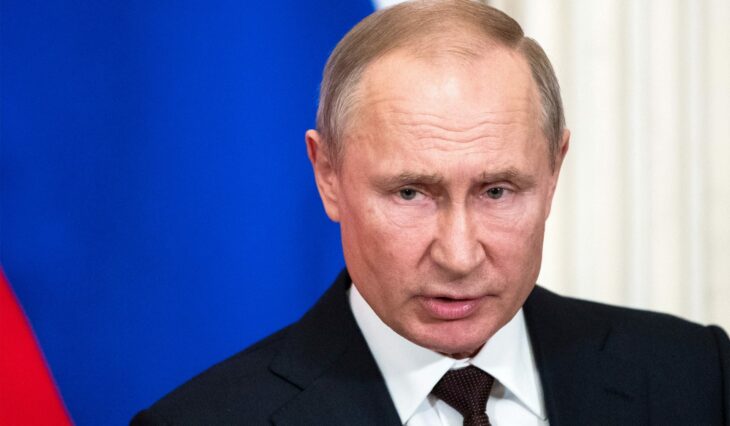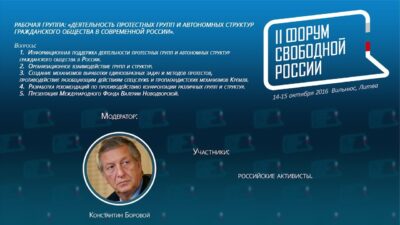The problem for Putin is that he has nowhere to go.
And so he must hold onto power as a matter of personal survival. He murdered his way to the top and has used murder to stay there. The list of his victims has more characters than War and Peace. His critics and rivals come to ugly ends: Lawyer Sergei Magnitsky, beaten to death in police custody and posthumously convicted of tax evasion; journalist Natalya Estemirova, kidnapped and shot in the head; former deputy prime minister Boris Nemtsov, gunned down within view of the Kremlin; exiled businessman and former Putin ally Boris Berezovsky, hanged in his home in London; human-rights lawyer Stanislav Markelov and journalist Anastasia Baburov, murdered together down the street from the Kremlin; Alexander Litvinenko, poisoned with polonium-210 in London; would-be reformer Sergei Yushenkov, murdered after launching a new political party.
A man such as that cannot simply walk away from power. There will be no long retirement for Putin, no sunset years in Dubai or Paris, no decades-long retreat to the French Riviera (Baby Doc Duvalier) or brief respite in Morocco (Mobutu Sese Seko). Putin will almost certainly die with his boots on, not with his toes in the sand. Understandably, he would like to delay that eventuality for as long as possible.
People like to believe that they live in extraordinary times, but one of the things we should remember about Putin and about our complicated relationship with his government and his clique is that he and they are absolutely normal, common as dirt and ordinary as sin. The outlier in world history is the peaceful transfer of power that has endured in these United States from George Washington through Donald Trump (“from George Washington through Donald Trump” — the case against Whig history in six words), not gangster governments such as Putin’s.
There is a stream of political economy holding that government per se is rooted in organized crime: The “stationary bandit” replaces the roving bandit, tribute and extortion becomes taxation, the protection racket becomes the rule of law. Don Corleone’s real-life predecessors in Sicily ran organizations that often had the character of a municipal government and, it is worth remembering, also functioned as a kind of virtue police on the Saudi mutaween model. “Could we take off the dark covering of antiquity and trace them to their first rise,” Tom Paine wrote, “we should find the first of them nothing better than the principal ruffian of some restless gang; whose savage manners or preeminence in subtilty obtained him the title of chief among plunders; and who by increasing in power and extending his depredations, overawed the quiet and defenceless to purchase their safety by frequent contributions.”
That story echoes throughout the ages: The Taliban is partly an Islamist movement, but it also (and perhaps principally) is a crime syndicate, a drug cartel; Fidel Castro’s government was as much a mafia as an ideological movement; Rafael Trujillo was a gangster; Francisco Franco and Augusto Pinochet may have called themselves generalissimos and worn epaulets, but they had much more in common with Carlo Gambino than with Dwight Eisenhower; the Maoist revolutionary movement known as Shining Path never got the chance to impose its vision of socialism on Peru, but it has endured as a criminal gang; Russia had plenty of oligarchs in the days of Soviet socialism, but we called them apparatchiks back then. A gangster is a gangster is a gangster.
Putin is a gangster with a little ambition. He believes, because he is delusional, that Russia is a great power, when in reality it is a sad pretender with a great collection of 19th-century novels and Mexico’s economy, soon to be Turkey’s economy. He believes that Russia can rise a little in the world if the United States declines a little, hence his support for both Donald Trump and Bernie Sanders — his criterion is not ideology or even friendliness to Moscow but capacity for chaos.
Washington would like very much to see a post-Putin era in Moscow. But do not expect it before 2036 — or after that, necessarily. The post-Putin era will begin when the little Moscow mafioso is carried out of the Kremlin feet first. He has nowhere else to go.





